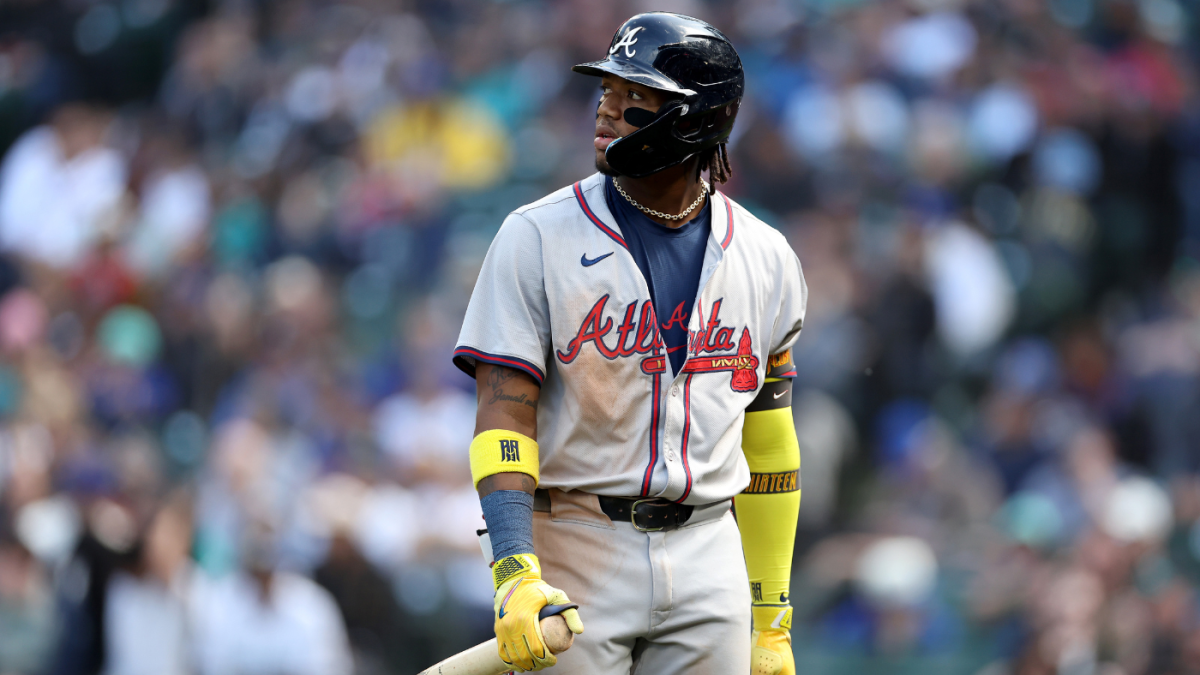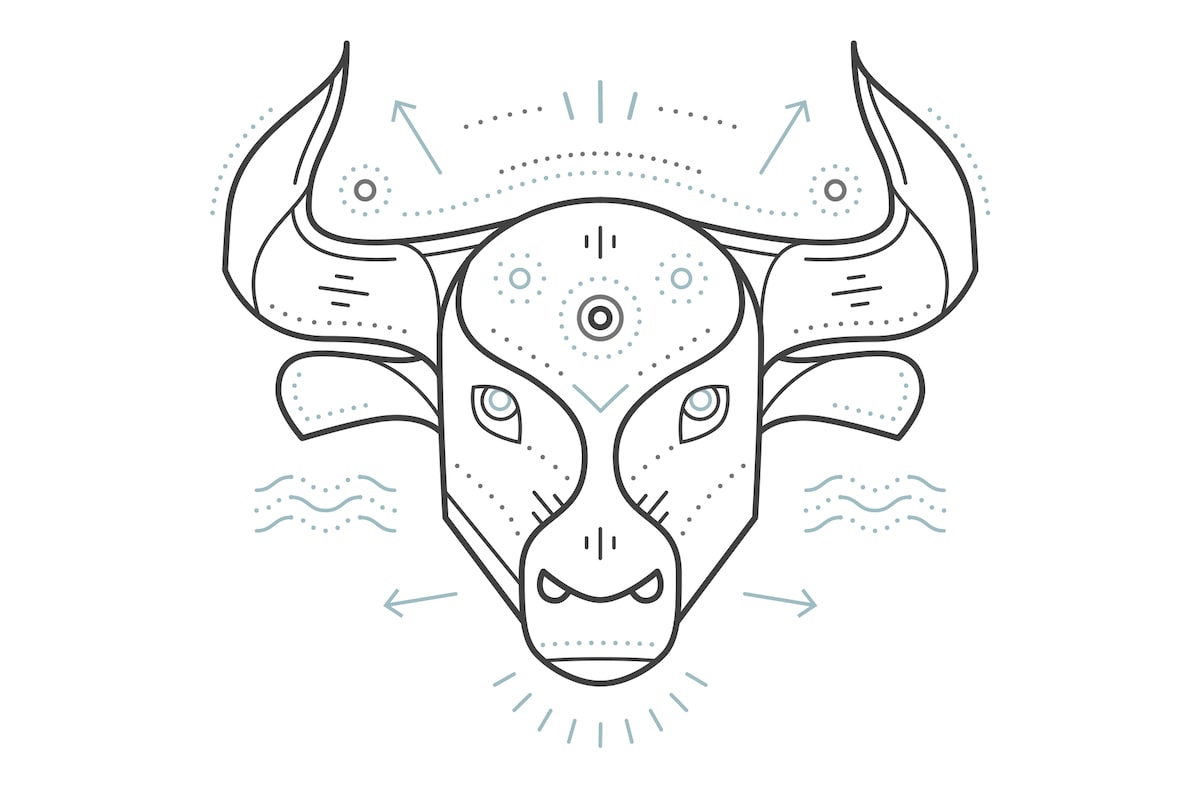Sports
Three reasons why Braves have looked less than dominant so far: Ronald Acuña Jr.’s struggles and more

The Atlanta Braves haven’t been themselves lately. They’ve dropped two straight series, the most recent of which was a sweep by their fellow National League juggernaut, the Dodgers. At the same time, they recently ceded first place in the NL East to the Phillies. That’s the first time they’ve been out of first place in the division since April 2 of last year. In matters related, our Matt Snyder dropped them out of the top spot in his most recent Power Rankings.
Let’s not overstate the dire nature of things. The Braves going into Monday’s day off are still 20-12, which puts them on a 101-win pace. As well, SportsLine gives them a 98.3% chance of making the playoffs and better than 50-50 odds of fending off the Phillies for the division crown. All that said, the Braves haven’t been themselves lately, and there are reasons for that, some of which may go beyond their current funk. Let’s have a quick look at those.
1. The core hitters haven’t yet found their expected levels
The 2023 Braves were an offensive powerhouse. They led the league in runs scored and OPS and batted a remarkable .276/.344/.501 as a team. Ten players reached double digits in home runs, and another, Kevin Pillar, had nine. As a team, they topped 300 homers for the season. Thus far in 2024, however, some of the shine has come off the lineup, and that’s largely because of the uncharacteristic struggles of three lineup fulcrums – outfielder Ronald Acuña Jr., first baseman Matt Olson, and third baseman Austin Riley.
In the case of Acuña, he barged to the NL MVP award last season thanks to his .337/.416/.596 slash line, 41 homers and 73 stolen bases. Thus far in 2024, however, Acuña’s power stroke has gone missing. He’s right now slugging just .362 with two homers in 32 games played. What’s perhaps more troubling is that Acuña’s struggles haven’t been undeserved.
If you look at the advanced offensive metric Weighted On-Base Average, or wOBA, Acuña’s figure of .340 is hardly bad, but it’s also far from what we’ve come to expect from him. We can bake in quality of contact to arrive at a hitter’s expected wOBA, or xwOBA, to get an idea of whether his performance might be driven by luck, bad or good. In Acuña’s case, his current xwOBA is .340 – or the exact same as his actual wOBA. Maybe his struggles are the residue of the small sample, but his struggles are not illusory. Peer a bit more deeply, and you’ll find that Acuña’s quality-of-contact indicators have declined. He’s not hitting the ball nearly as hard as he did last season, and his ground-ball percentage has spiked. He’s not “barreling” the ball nearly as well as he has in recent years, and his performance against fastballs – a fundamental capacity in any hitter – has degraded significantly. Acuña’s contact numbers, on pitches both in and out of the zone, have also declined.
Lest we get too dramatic here, Acuña has still been an above-average producer at the plate, and that’s to say nothing of his immense value on the bases. Thus far, however, he’s not remotely close to peak level, and that’s harmed the Atlanta offense.
As for Olson, he’s coming off a 2023 campaign in which he clouted a franchise-record 54 home runs. This season, however, he’s managed just three homers, which roughly puts him on pace for 15 over the span of the full year. At some point, though, Olson figures to go on a heater. Unlike Acuña, there’s cause to believe poor luck is the driver. Olson’s quality of contact remains at the top of the scale, and his expected slugging percentage is higher than his actual slugging by more than 100 points. Likewise, Olson’s expected slugging against fastballs is more than 100 points higher than his actual figure. Turning back to wOBA and xwOBA, Olson’s xwOBA is a whopping 67 points higher than his actual wOBA. No, he’s not going to hit 54 homers again – 2023 will probably be his career year, never to be reached again – but he should resume being a frontline power threat soon enough.
So where does Riley fall? Last year, he amassed 72 extra-base hits and 328 total bases en route to finishing in the top 10 of the NL MVP balloting for a third straight year. This year, however, he’s slugging under .400 with just three homers (yes, this trio has combined for just eight home runs so far in 2024). Tidily enough, he’s a bit of a middle ground between Olson’s misfortune and Acuña’s more concerning underlying profile. While Riley’s quality of contact has declined from last year, it’s still solidly above league norms, and he’s also been a bit unlucky (albeit not quite to the level Olson has.) Riley’s expected slugging is 65 points above his actual mark, and his xwOBA is 22 points north of his wOBA. He’s still wrecking fastballs, but overall he’s not punishing the ball at 2021-23 levels.
So…concerning? Early–ish-season noise? Some of Column A, some of Column B? All of that remains to be seen, but the Braves need more from this core troika if they’re going to put runs on the board at their customary levels.
2. Two of their biggest stars are injured
We speak, of course, of ace Spencer Strider and All-Star catcher Sean Murphy. In the case of Strider, the young right-hander has been out since early April and won’t pitch again this season after undergoing surgery to address a torn UCL in his pitching elbow. Losing such an arm is a blow for any team, even the Braves. That’s because Strider is one of the best pitchers in the majors when healthy. In 67 career big-league appearances, including 54 starts, he’s amassed a 3.47 ERA (124 ERA+) and a 4.54 strikeout-to-walk ratio. From 2022-23, he struck out more than 37% of opposing hitters, which is a sky-scraping figure for a starting pitcher. Strider finished fourth in Cy Young Award voting last season, all the while making his first career All-Star Game. Strider’s absence will be keenly felt if, say, Chris Sale runs into semi-customary health issues or Charlie Morton at age 40 sees some decline or Reynaldo Lopez regresses to something closer to career norms.
Elsewhere, Murphy has developed into one of the best combinations of offensive production and defensive skills behind the plate among the current guild of catchers. Last season, he deservingly made his first All–Star team, but in 2024 he’s been limited to only one game played because of an oblique strain. While stalwart reserve catcher Travis d’Arnaud has more than ably filled in, Murphy’s broad base of skills is no doubt missed. Fortunately for the Braves, Murphy appears to be in the later stages of his recovery. When his return comes, presumably fairly soon, it’ll be most welcome.
3. It’s just one of those things
Hey, it’s baseball. Even the best teams endure periods of struggle. The Braves last season won 104 games, but they endured a four-game skid at one point. En route to winning 101 games in 2022, the Braves were four games under .500 as late as May 31. On the other end of the continuum, the A’s last season lost 112 games, but they managed to win seven in a row at one point. The season is of marathon length, and baked into it, especially in a sport so prone to random outcomes, are natural periods of struggle and thriving.
Let’s also repeat that the Braves are on pace for 101 wins, and let’s note that the Phillies will be without their eight-cylinder engine Trea Turner for at least six weeks because of a strained hammy. Therein lies opportunity for the Braves, who, let it be noted, lag Philly by just 2 1/2 games.
There are concerns, particularly with Acuña’s beneath-the-surface indicators and when it comes to rotation depth, but the Braves are probably still the Braves in the most important forward-looking sense.










